页面插件开发指引
我们以 商店插件 开发流程为例,来讲述如何开发一个同时具有多个页面、注入了多个插槽的插件
由于篇幅限制,我们仅在此篇文档中讲述其中的关键问题
分析业务
如下图,商店业务涉及到了囊括 发帖区域注册按钮、发帖内容区展示、商品选择页面、帖子详情内容区展示、个人中心功能区注册、二维码页面注册
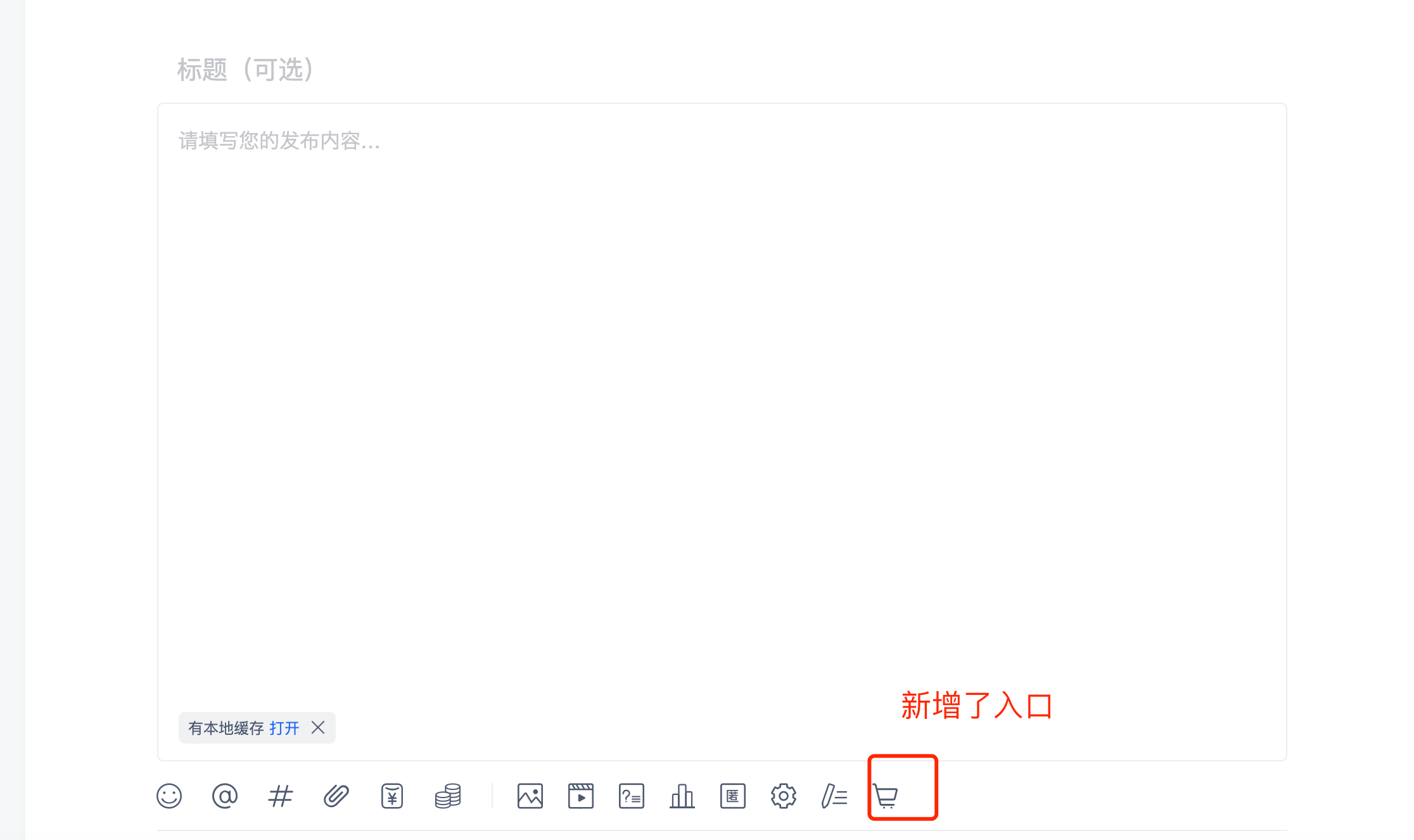
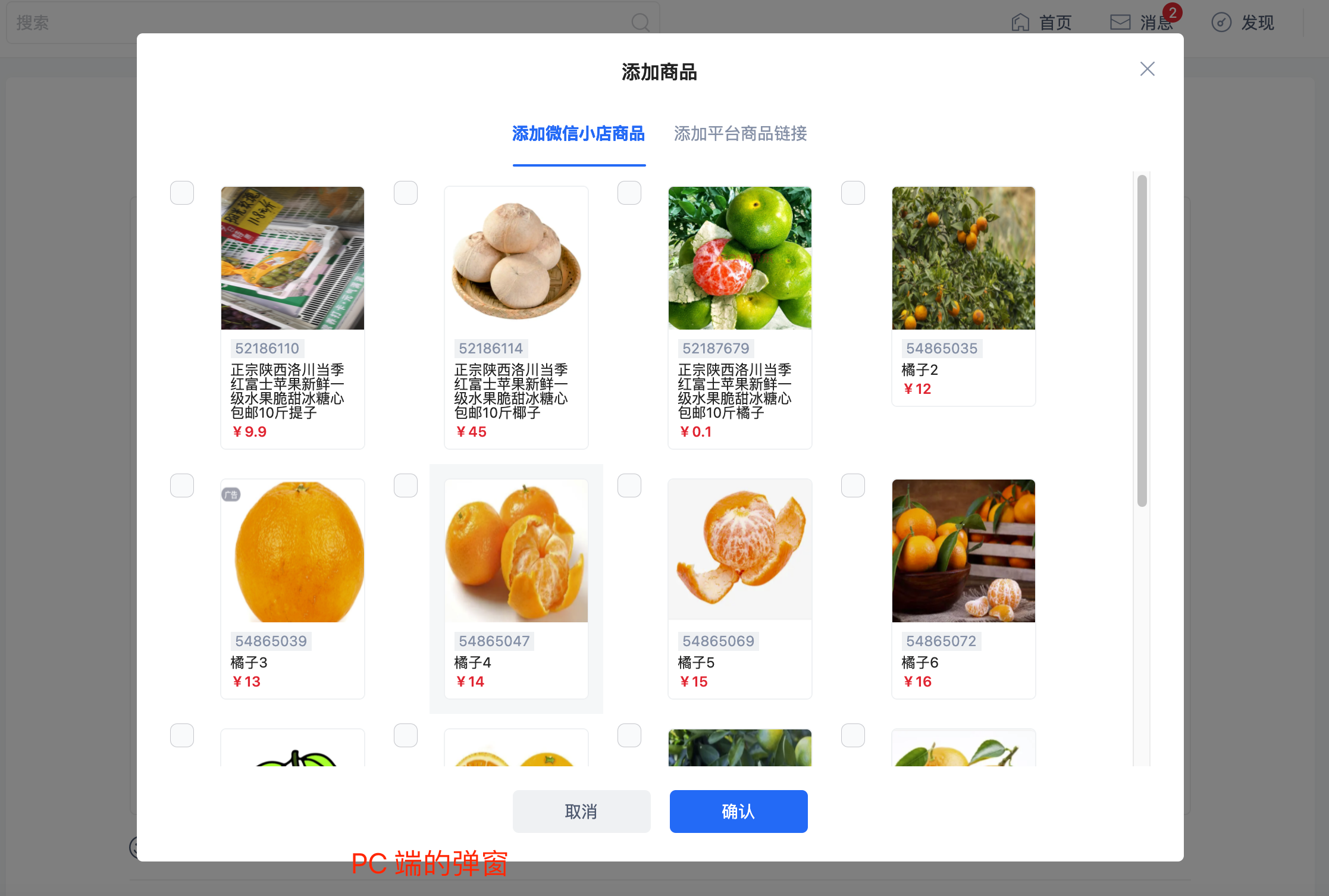
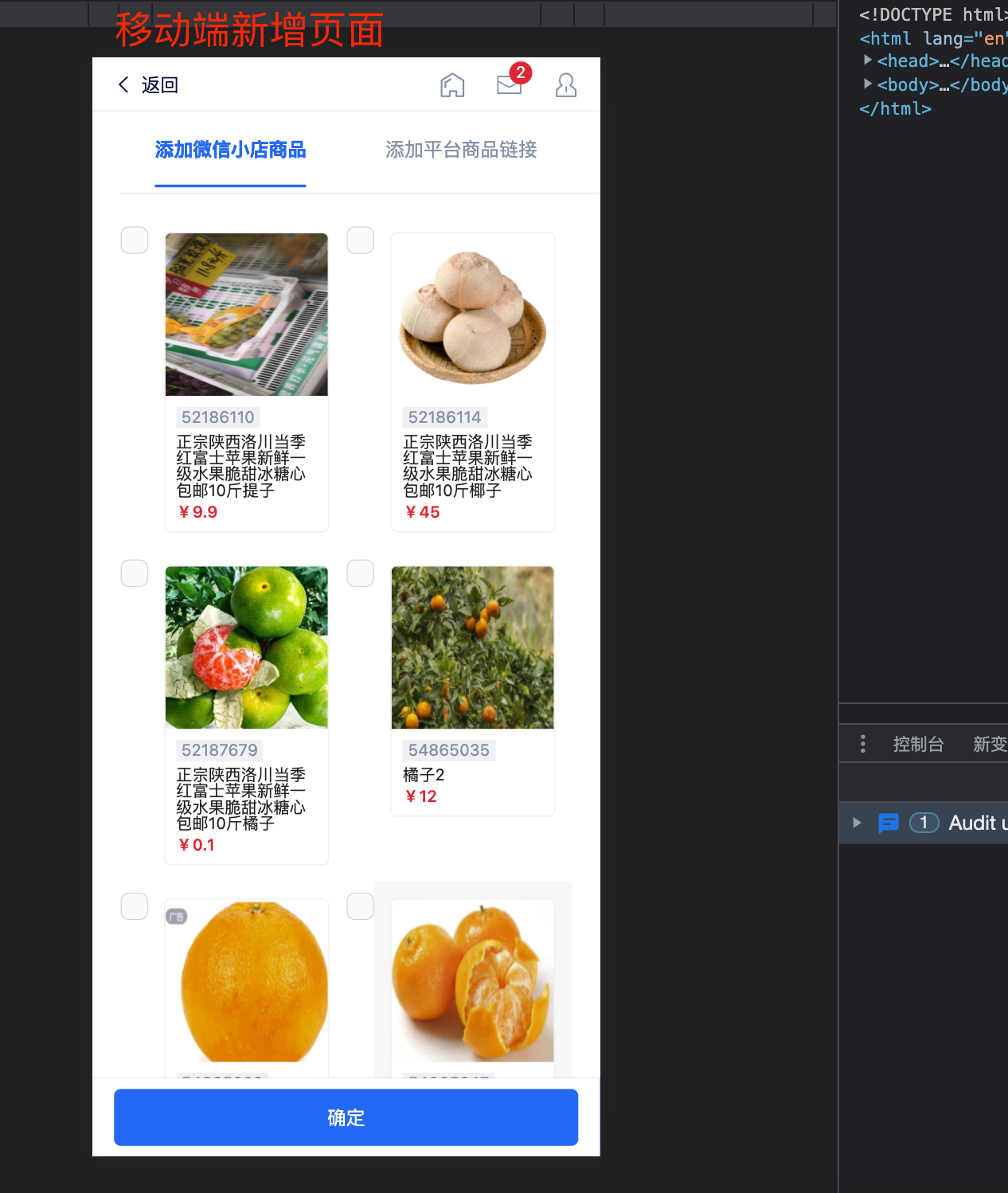
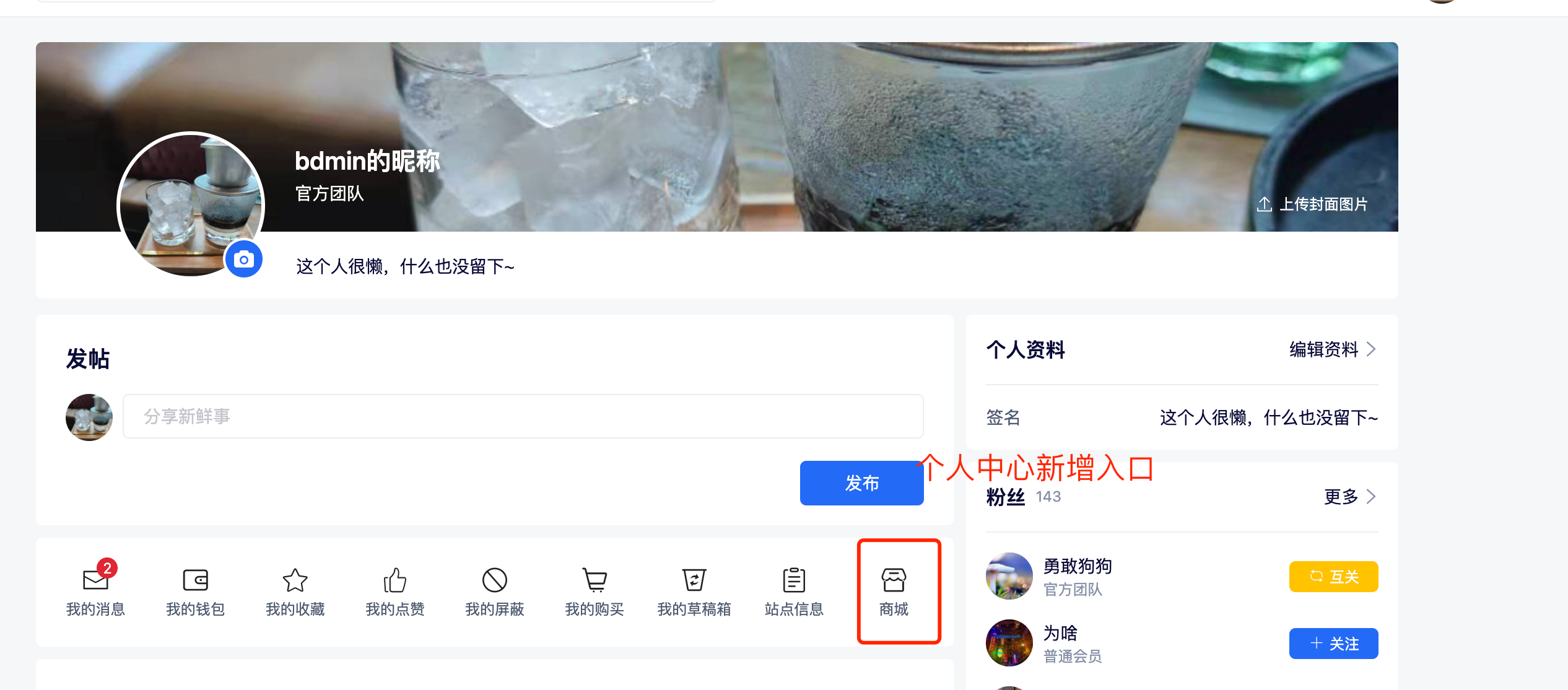
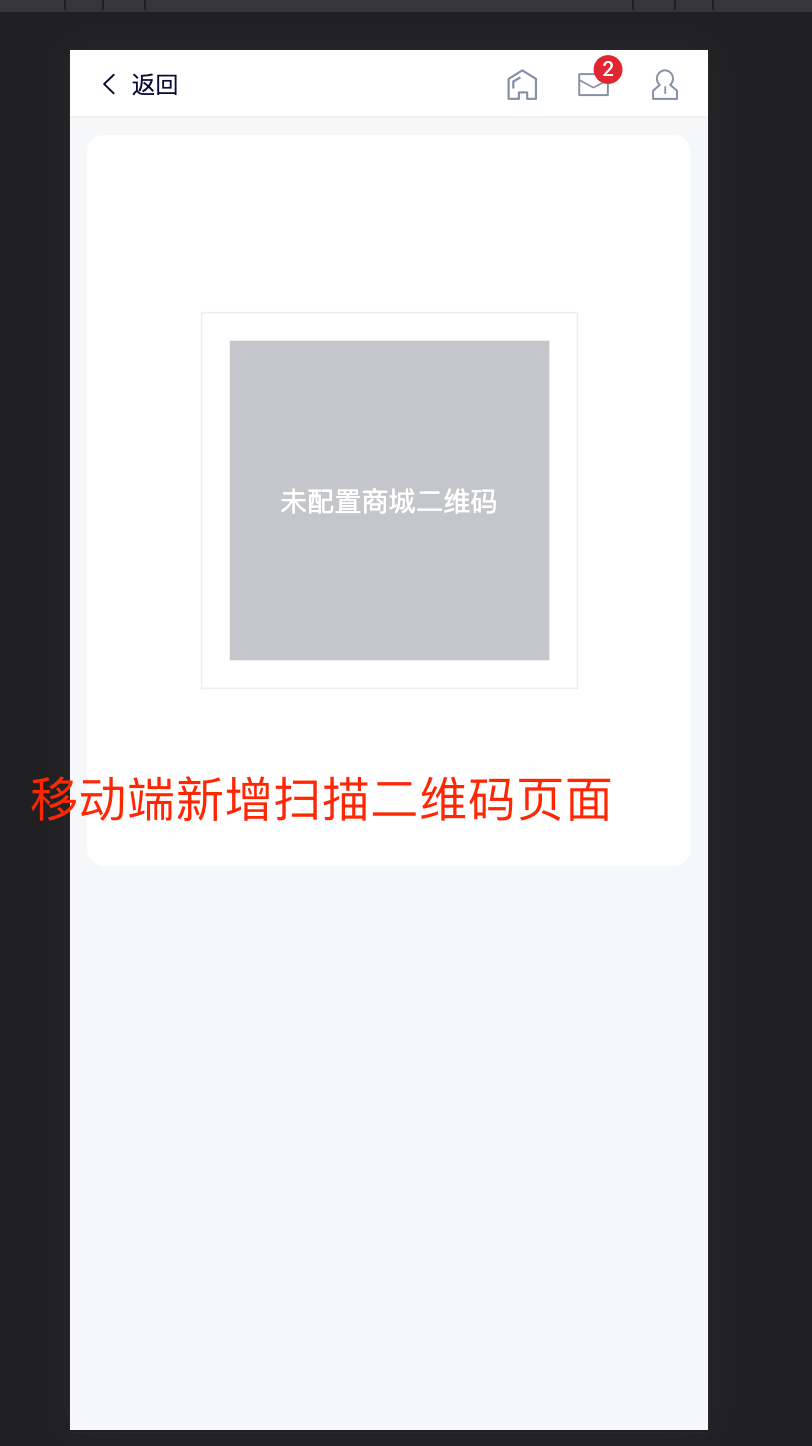
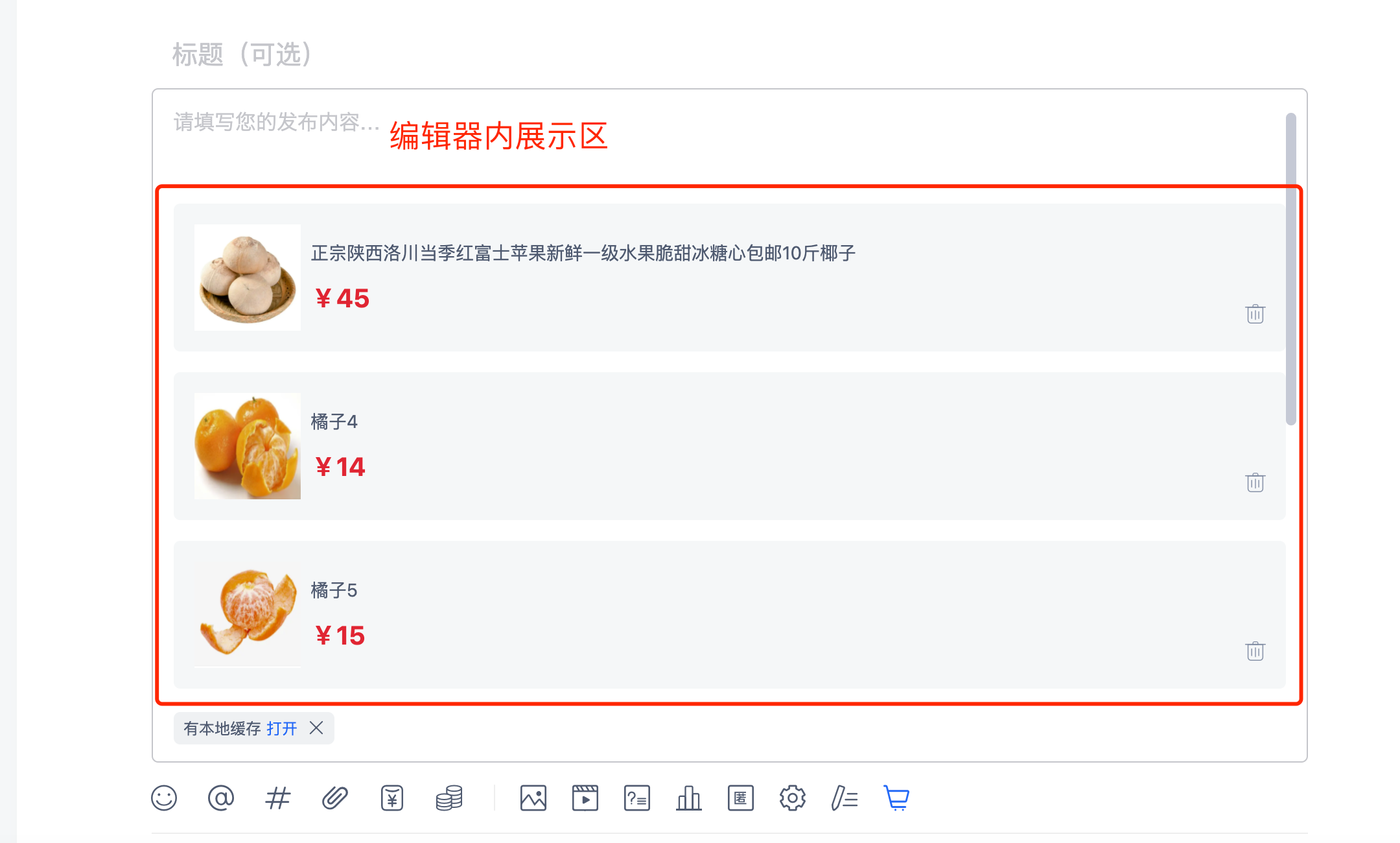
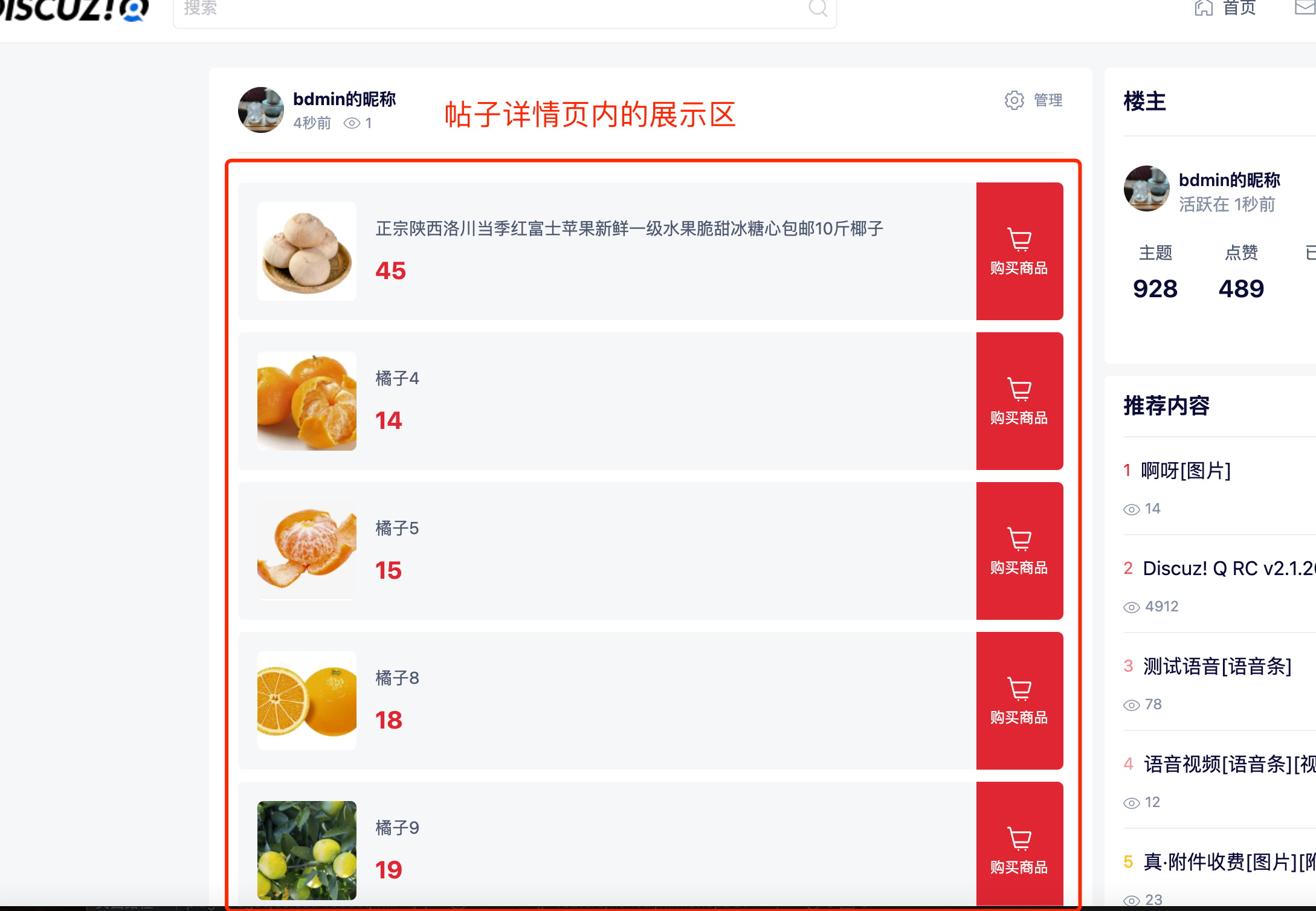
使用插槽
根据左侧页面标识列表,我们分析
为了完成发帖部分的入口、发帖区展示
我们需要用到 plugin_post 中的 post_extension_entry_hook 和 post_extension_content_hook 这两个注入 hook
参见 发帖页Hooks列表
为了完成新增页面的能力,我们需要用到 plugin_system 中的 add_page_hook,来新增选择商品页面和展示小商店二维码页面
参见 全局Hooks列表
为了完成个人中心部分新增 商店 入口的能力,我们需要用到 plugin_user 中的 user_extension_action_hook, 来在个人中心中新增 商店 的入口
参见 个人中心Hooks列表
为了在帖子详情页和首页中展示我们插件对应的内容,我们需要用到 plugin_index 和 plugin_detail 中的 thread_extension_display_hook,来在首页、详情页中增加我们的展示
首页参见 首页Hooks列表
详情页参见 详情页Hooks列表
按照标准文档填写后,我们可以得到如下的项目配置
{
"name_cn": "商品贴插件",
"name_en": "shop",
"description": "商品贴插件",
"type": 9,
"app_id": "61540fef8f4de8",
"version": "1.0.0",
"status": 1,
"icon": "https://discuz.chat/dzq-img/active.png",
"filter_enable": false,
"author": {
"name": "腾讯科技(深圳)有限公司",
"email": "bababaababa@tencent.com"
},
"view": {
"display": {
"target": ["plugin_index", "plugin_detail"],
"hookName": "thread_extension_display_hook",
"platform": ["pc", "h5", "mini"],
"disables": false
},
"postDisplay": {
"version": "1.0.0",
"target": "plugin_post",
"hookName": "post_extension_content_hook",
"platform": ["pc", "h5", "mini"],
"disables": false
},
"postEntry": {
"target": "plugin_post",
"hookName": "post_extension_entry_hook",
"platform": ["pc", "h5", "mini"],
"disables": false
},
"qrCodePage": {
"target": "plugin_system",
"hookName": "add_page_hook",
"platform": ["pc", "h5"],
"path": "/minishop/qrcode",
"miniPageConfig": {
"navigationBarTitleText": "二维码"
},
"disables": false
},
"selectProductPage": {
"target": "plugin_system",
"hookName": "add_page_hook",
"platform": ["pc", "h5", "mini"],
"path": "/selectProduct",
"miniPageConfig": {
"navigationBarTitleText": "选择商品"
},
"disables": false
},
"userCenterEntry": {
"target": "plugin_user",
"hookName": "user_extension_action_hook",
"platform": ["pc", "h5", "mini"],
"disables": false
}
}
}插件项目结构
根据上述的配置,按照目录规范的要求,我们可以得到下图所示的目录结构
目录规范要求参见 目录规范
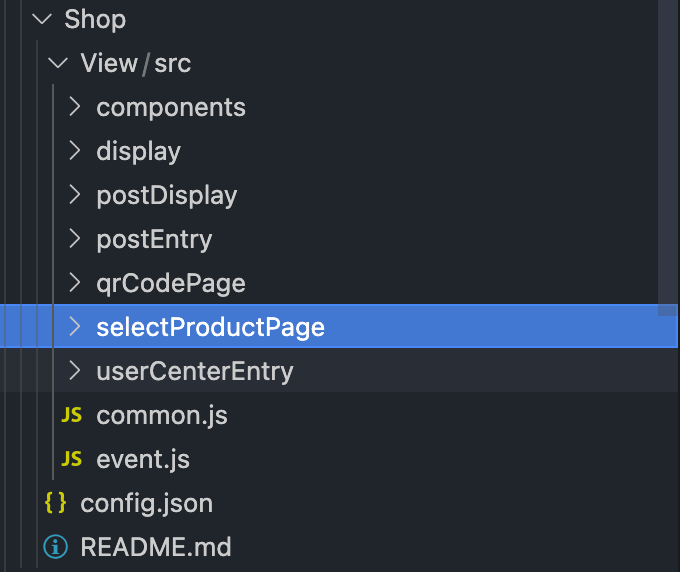
如上,其中 selectProductPage 目录对应了 h5 和 小程序 中新增的选择商品
qrCodePage目录对应了h5的微信小商店二维码页面
选择商品页面对应的页面路径分别为web->/plugin/selectProduct
小程序->/pluginPages/selectProduct/index
小商店二维码页面对应的页面路径分别为web->/plugin/minishop/qrcode
小程序->/pluginPages/minishop/qrcode/index
自定义 API 调用
在 商店插件 中,我们在 后台插件 中新增了 获取小商品列表 和 获取第三方商品分析 的接口
根据 通用参数 文档可知,我们可以通过 this.props.dzqRequest 获取到 http 客户端实例,并且我们封装了统一的请求错误处理函数 this.props.dzqRequestHandleError
以获取微信小商店商品列表为例,我们可以在对应的组件中声明如下
fetchMiniShopProductList = async (page) => {
const { dzqRequest } = this.props;
// 请求前 loading
this.setState({
loading: true,
});
try {
// 请求声明
const { code, data, msg } = await dzqRequest.request.http({
url: "/plugin/shop/api/wxshop/list",
method: "GET",
params: {
page,
perPage: "16",
},
});
if (code !== 0) {
Toast.error({
content: msg,
});
}
//业务逻辑
const { totalCount, totalPage, pageData, currentPage } = data;
const { miniShopProducts } = this.state;
const nextMiniShopProducts = Object.assign(
{},
{
[currentPage]: pageData,
...miniShopProducts,
}
);
this.setState({
totalPage,
totalCount,
miniShopProducts: nextMiniShopProducts,
});
//业务逻辑
//处理 loading 状态
this.setState({
loading: false,
});
return nextMiniShopProducts;
} catch (error) {
//处理 loading 状态
this.setState({
loading: false,
});
//错误兜底处理
this.props.dzqRequestHandleError(error);
}
};如此,我们便拥有了请求自定义 API 的能力
多个 hook 组件间代码复用
在 商店插件 中,小商店的 商品项 组件是 小程序商品选择页、h5商品选择页、pc商品选择弹窗 中共用的一个组件
这里我们在 View 目录下创建 components 目录,用来放置共用的组件
这里我们创建 shopProductItem 组件,里面创建 web 和 mini 两个目录
利用 适配器模式 实现 端区分,实现小程序的逻辑于 mini 目录中,实现 web 的逻辑于 web 中
适配器模式 可以参见:多端适配器
其代码如下
index.jsx
let pluginComponent = () => {};
if (process.env.DISCUZ_ENV === 'mini') {
pluginComponent = require('./mini/index.jsx');
}
if (process.env.DISCUZ_ENV === 'web') {
pluginComponent = require('./web/index.jsx');
}
export default pluginComponent.default;那么在各个注入 hook 的实现中,我们可以以如下代码进行引入
这里可以自行区分不同端,完成代码复用
import ShopProductItem from '../../../components/shopProductItem'; // 后面为对应目录层级获取插件对应的后台配置
我们的插件有对应的后台管理系统部分,在那里进行了插件相关属性的配置声明
每个插件具有自己独一无二的 appid
我们将所有的插件配置信息进行了统一的获取与存储,都存储于 this.props.siteData.pluginConfig 中,仅需通过查找其中 app_id 相等的一项,即可获取到自己对应的插件配置
const { siteData = {} } = this.props || {};
const pluginConfig = siteData.pluginConfig || [];
const shopPluginConfig = pluginConfig.find((currentPluginConfig) => {
if (currentPluginConfig.app_id === '61540fef8f4de8') {
return currentPluginConfig;
}路由跳转能力
DZQ 的项目 web 和 小程序 使用了不同的框架,故其对应的路由方法也不同
在 DZQ sdk 中,我们提供了统一的抽象
参见: Router 路由
商店插件 中,我们用到需要主动的回跳以及跳转到对应的插件注册的页面
我们使用插件内置的 sdk 抽象参数
参见:通用参数 中的 dzqRouter
返回逻辑
handleConfirm = async () => {
/**balabala
**/
//
const { dzqRouter } = this.props;
if (typeof window !== 'undefined') {
if (window.history.length <= 1) {
dzqRouter.replace({ url: '/thread/post' });
return;
}
dzqRouter.back();
}跳转到插件页逻辑
const { dzqRouter } = this.props;
const { router } = dzqRouter;
//balabala
dzqRouter.push({ url: '/plugin/selectProduct' });对于小程序,我们可以直接使用 Taro 提供的路由来完成页面跳转
import Taro from '@tarojs/taro';
handleIconClick = () => {
//balalala
Taro.navigateTo({ url: '/pluginPages/selectProduct/index' });
};小程序页面生命周期
由于 DZQ 的页面级插件暴露出来的并非是标准的 Taro 页面,所以我们没有办法通过直接使用 Taro 页面生命周期来完成生命周期方法的声明
在 商店插件 中,我们需要注册自定义的触底事件,故此我们采用被劫持的 页面事件能力
页面事件能力参见: 全局Hooks列表
实现代码如下
componentDidMount = () => {
this.props.pluginAction.registerLifecycle('onReachBottom', this.onReachBottom);
}
/**
* 触底逻辑
*/
onReachBottom = () => {
if (this.state.currentPage < this.state.totalPage) {
this.fetchMiniShopProductList(this.state.currentPage + 1);
this.setState({
currentPage: this.state.currentPage + 1,
});
}
};自定义页面与发帖插槽组件间的通信
在小商店需求中,我们新增的页面并没有直接操作编辑器编辑区数据的能力
但编辑器区的插槽组件拥有这个对应的能力,所以我们通过实现两者间的通信,来完成数据的交换
插件数据通信参见: 插件数据通信
在 商店插件 中,我们共用了 shop 的 store 空间
编辑器同步数据到选择商品页面
我们在编辑器拉到最新的帖子数据后(如果是编辑现有的帖子),当用户打开选择商品页面时,我们同步数据到 store 内
this.setState({ visible: true });
await this.fetchMiniShopProductList();
} else {
const { dzqRouter } = this.props;
const currentPluginStore = this.props.pluginAction.get('shop');
if (currentPluginStore) {
this.props.pluginAction.set('shop', {
...currentPluginStore,
renderData: this.props.postData.plugin.shop,
});
} else {
this.props.pluginAction.set('shop', {
renderData: this.props.postData.plugin.shop,
});
}
dzqRouter.push({ url: '/plugin/selectProduct' });
}在 选择商品页 内,我们还原这个数据到 选择商品页 的局部 state 中
init = () => {
const currentPluginStore = this.props.pluginAction.get('shop');
let { activeTab = 'miniShop' } = currentPluginStore || {};
if (!isShowMiniShopTab(this.props)) {
if (activeTab === 'miniShop') {
activeTab = 'platformShop';
}
}
const { body } = currentPluginStore.renderData || {};
const { products } = body || { products: [] };
let platformProductLink = '';
const currentMiniShopProducts = {};
products.forEach((productInfo) => {
if (productInfo.type === MINI_SHOP_TYPE) {
currentMiniShopProducts[productInfo.data.productId] = productInfo.data;
}
if (productInfo.type === PLATFORM_SHOP_TYPE) {
platformProductLink = productInfo.data.readyContent;
}
});
this.setState({
selectedMiniShopProducts: currentMiniShopProducts,
link: platformProductLink,
activeTab,
});
};至此,我们实现了同步 编辑器内数据 到 选择商品页 的能力
选择商品页面同步数据到编辑器
由于 post_extension_content_hook 钩子会在编辑器页面挂载后一直存续。且这个钩子具有通过内置方法修改编辑器内容区数据的能力,故此,我们选择这个钩子的组件来接受我们的数据传递,在 商店 插件中,其对应了 postDisplay 组件
我们在 选择商品页面 内,通过给 shop store 传递 shopPluginData 字段数据,来存储我们希望传递给发帖区的数据
handleConfirm = async () => {
let product;
if (this.state.link) {
product = await this.fetchProductAnalysis({ address: this.state.link });
}
const miniShopProducts = Object.keys(this.state.selectedMiniShopProducts);
const postData = this.postDataAdapter({
product,
miniShopProducts,
});
this.props.pluginAction.set('shop', {
shopPluginData: {
postData: {
tomId: '61540fef8f4de8',
body: {
products: postData,
},
},
},
});
const { dzqRouter } = this.props;
if (typeof window !== 'undefined') {
if (window.history.length <= 1) {
dzqRouter.replace({ url: '/thread/post' });
return;
}
dzqRouter.back();
}
};在 postDisplay 组件中,我们通过读取位于 shop store 中的 shopPluginData 来更新最新的发帖区数据,并且把已经消费的数据清空
componentDidMount() {
const selectPagePluginData = this.props.pluginAction.get('shop');
if (selectPagePluginData) {
const { shopPluginData } = selectPagePluginData;
if (shopPluginData && shopPluginData.postData && shopPluginData.postData.tomId) {
this.props.updatePlugin(shopPluginData);
// 消费掉后去除
this.props.pluginAction.set('shop', {
shopPluginData: null,
});
}
}
}至此,选择商品页 选择的数据已经成功同步到了 编辑器编辑区
